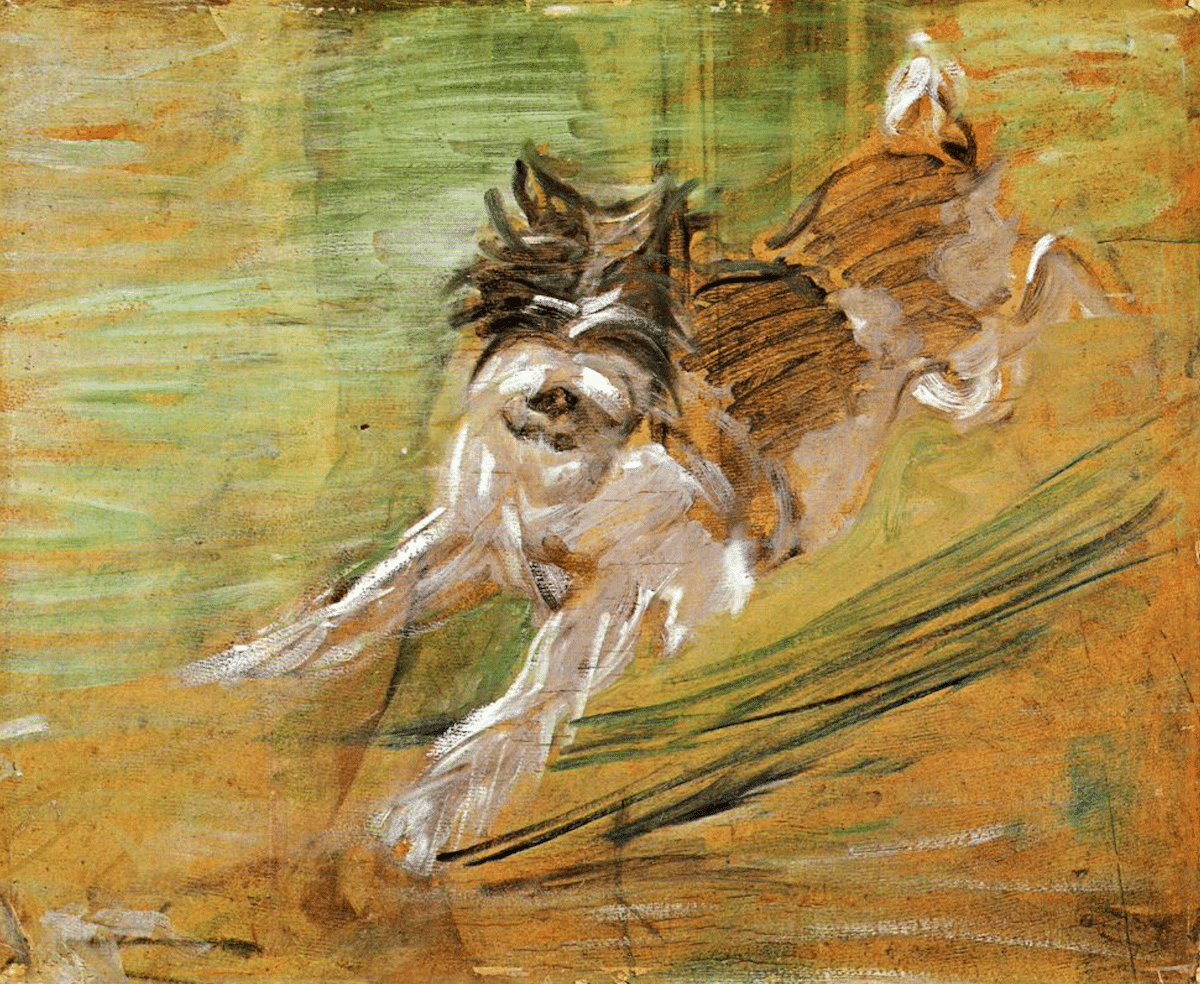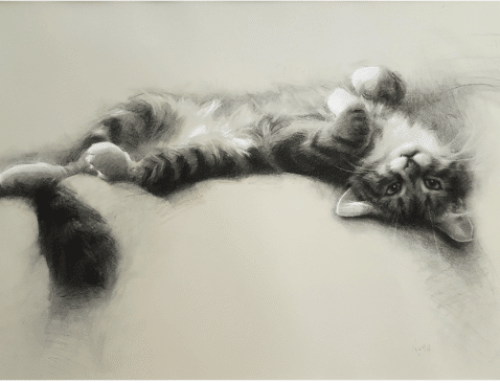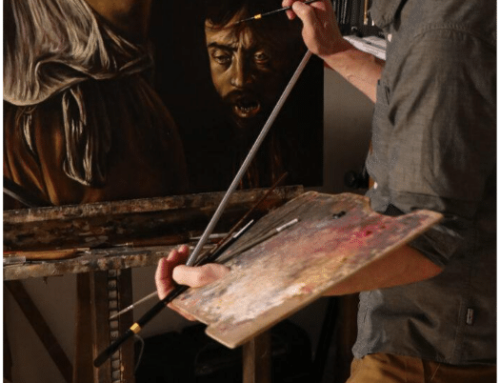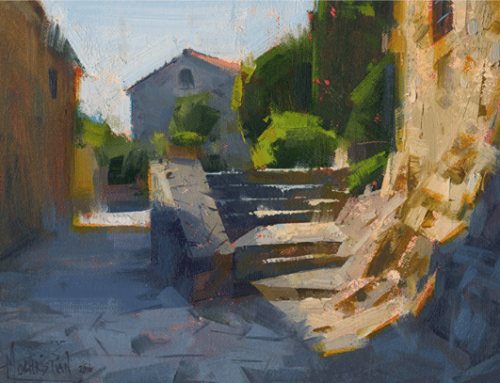Take a flying leap. Go off the rails.
Who’s going to judge?
It may seem like “learning the rules in order to break them” is the quickest route to making your art, but who makes all these rules anyway? Every technique or principle of visual art was once the result of someone’s experiment or, more likely, mistake. Who says you can’t start breaking the rules at the same time you’re learning them?
But why would you, if what you wanted was to make a good painting? Because define “good.” As you’ll find 0ut eventually, good isn’t just about getting people to like your work. To be really good, your paintings have to come from within. And the sooner you start exploring your own expressive potential – what makes you YOU – the better.
Be a Lover Not a Fighter
Alongside your development of necessary technique and the essential principles of design, make subtle deviations. Be a subversive learner. Push at the edges, try some risky moves. Steal fire. Refuse at every turn the dreaded urge to make it perfect. Perfect is the enemy not only of the good, it’s the bully of the personal, the opponent of what’s YOURS.
Many an excited beginner loses interest when technical training seem to fall short – when what’s really needed is freedom and abandon! And it’s not just beginners by any means; many an “ascended master” lapses into dialing it in because they think “experimentation” won’t sell their paintings – when on the contrary, it’s experimentation and play that keeps work fresh and true. Don’t fight your medium – fall in love it.
Why not, just once, start completely fresh: What if you put down a color – any color – and stood back for a second and simply asked, “what color comes next?” Choose a color to put near or next to the first one, and this time in addition vary the new mark’s size or shape or direction. Now you not only have two colors relating to each other, you have a beginning. Of what? Only way to find out is to keep going.
Use your imagination and if something begins to suggest itself, follow it up. Maybe you put down an irregular spot of greenblue and curling around it a wavy streak of creamy white – maybe you’ve got the start of an abstract seascape? Put down another mark and see if it sheds any light on what to do next.
You may not make a masterpiece, but you’ll have a great time doing it. And you will learn things you didn’t know about your medium, which in subtle ways will inform your more deliberate painting later.
We’ll feature additional “ways to play” in future editions. Send in your own, spread some inspirational love, and we’ll round up our faves in a future post.




